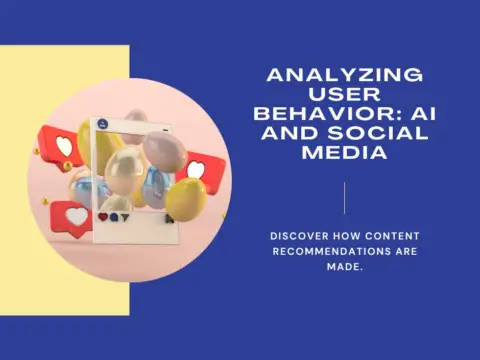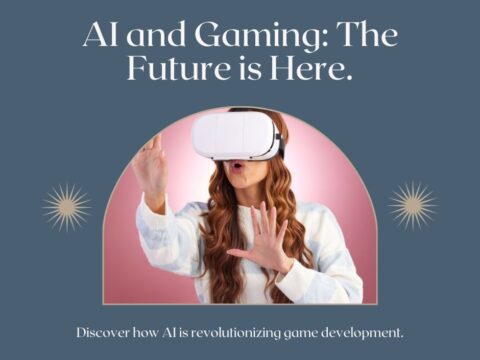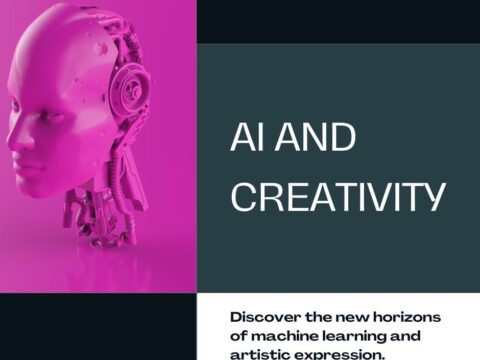Artificial Intelligence (AI) has become a pivotal force in reshaping the educational landscape, particularly through the lens of personalized learning. In this exploration, we delve deeply into the considerations surrounding the implementation of AI in education, aiming to understand not only when but how personalized learning can be seamlessly integrated to elevate the educational journey.
1. Understanding Personalized Learning:
- Context: Personalized learning is a pedagogical approach that tailors educational experiences to the unique needs, preferences, and learning styles of individual students.
- Importance: It recognizes the inherent diversity in student abilities, ensuring that each learner can progress at their own pace.
2. The Role of AI in Personalized Learning:
- Context: AI serves as the engine driving personalized learning, leveraging sophisticated algorithms to analyze vast datasets.
- Benefits: This approach enables adaptable content delivery, targeted interventions based on individual progress, and a continuous improvement cycle informed by real-time data.
3. Identifying Suitable Educational Levels:
- Consideration: Different educational levels may benefit uniquely from personalized learning initiatives.
- Examples: From primary and secondary education to higher education and professional development, understanding the nuances of implementation across these levels is crucial.
4. Optimal Timing for Implementation:
- Consideration: The timing of introducing AI-based personalized learning must align with various factors.
- Factors: These include the readiness of educational infrastructure, the preparedness of educators through training, and the alignment of curriculum with personalized learning goals.
5. Integration with Traditional Teaching Methods:
- Approach: AI in education is most effective when seamlessly integrated with traditional teaching methods.
- Synergy: A blended learning environment, where AI complements rather than replaces traditional methods, fosters a holistic and comprehensive educational experience.
6. AI Tools for Personalized Learning:
- Examples: AI-driven adaptive learning platforms, intelligent tutoring systems.
- Functionality: These tools provide real-time feedback to students, track their progress, and dynamically adjust content delivery to suit individual learning trajectories.
7. Addressing Privacy and Ethical Concerns:
- Consideration: As AI deals with sensitive student data, addressing privacy and ethical concerns is paramount.
- Safeguards: Robust data protection measures, transparency in data usage, and ethical considerations guide the responsible deployment of AI in education.
8. Teacher Training and Support:
- Importance: The successful integration of AI in personalized learning requires educators to be equipped with the necessary skills.
- Professional Development: Ongoing teacher training ensures that educators can effectively leverage AI tools to enhance the learning experience.
9. Measuring Effectiveness and Impact:
- Metrics: Key performance indicators help gauge the effectiveness of personalized learning initiatives.
- Assessment: Regular evaluations should encompass student engagement, academic performance, and overall satisfaction to measure impact accurately.
Conclusion: AI, as a catalyst for personalized learning, emerges as a transformative force in education. Strategically implementing AI requires a nuanced understanding of educational levels, timing, integration with traditional methods, and ethical considerations. By embracing AI in education, institutions can create dynamic and adaptive learning environments that cater to the unique needs of each student, fostering a more effective, inclusive, and engaging educational experience.




